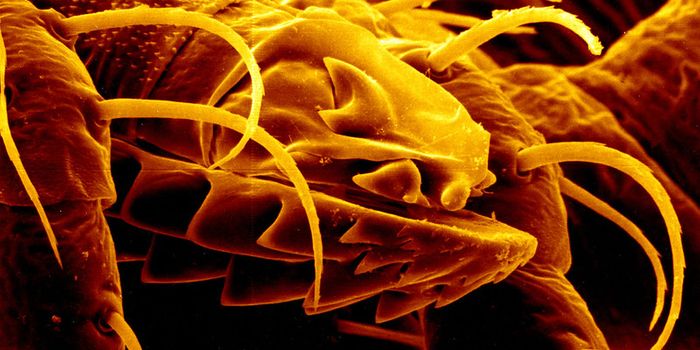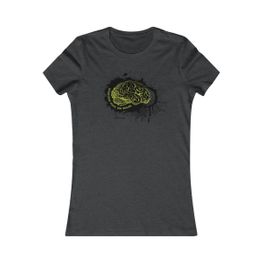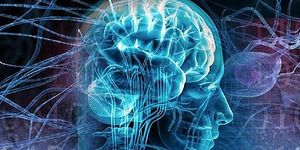A new way to detect antibodies in blood opens the door to developing simple diagnostic tests for diseases for which no microbial cause is known, including autoimmune diseases and cancer.
The results are the first evidence that it is possible to develop blood tests for any infectious disease by screening random libraries of non-biological molecular shapes.

Image Credit: iStockPhoto
“This ‘needle-in-a-molecular haystack’ approach is a new way to develop diagnostic assays,” says senior author Donald S. Burke, dean of the Graduate School of Public Health at the University of Pittsburgh.
“The method does not rely on starting with known viral components. This is important because there are conditions for which there isn’t a known antigen, such as newly emerged epidemics, autoimmune diseases, or even responses to traumatic injury.”
When a person’s immune system is faced with an antigen or foreign invader, such as an infectious disease, or even an injury with tissue damage, it responds by producing antibodies. Like puzzle pieces, specific parts of the surface of these antibodies fit to the shape of the molecules on the invader or the damaged tissue.
As reported in the
Journal of Immunological Methods, the new technique, which synthesizes random molecular shapes called “peptoids” hooked onto microscopic plastic beads, can produce millions of molecular shapes. The peptoids are not organic, but if they match to the corresponding shape on an antibody, that antibody will connect to them, allowing the scientist to pull out that bead and examine that peptoid and its corresponding antibody.
Using this technique, researchers chemically generated a huge library of random molecular shapes. Then, using blood from HIV-infected patients and from non-infected people, they screened a million of these random molecular shapes to find the ones that bound only to antibodies present in the blood of HIV-infected patients, but not the healthy controls.
No HIV proteins or structures were used to construct or select the peptoids, but the approach, nonetheless, successfully led to selection of the best molecular shapes to use in screening for HIV antibodies.
The team then resynthesized that HIV-antibody-targeting peptoid in mass and tested it by screening hundreds of samples from the Multicenter AIDS Cohort Study (MACS), a confidential research study of the natural history of treated and untreated HIV/AIDS in men who have sex with men (supported by the National Institutes of Health).
Study coauthor Charles Rinaldo, chair of the infectious diseases and microbiology department selected the samples, but blinded the testers to which samples were HIV-positive or -negative. The test distinguished between the samples of HIV-positive blood and HIV-negative blood with a high degree of accuracy.
“This technology means that we may be able to take a single drop of blood from a patient and detect antibodies to all manner of infections, cancers, or other conditions they may be carrying or been exposed to,” Burke says.
“We hope that this is the first step toward development of an ‘Epi-chip’ that can be used to reconstruct a person’s entire exposure history.”
Other researchers from University of Pittsburgh and from the University of California, San Francisco, are coauthors of the study that was funded by the Bill & Melinda Gates Foundation.
Source:
University of Pittsburgh
This article was originally posted on
futurity.org.


















































